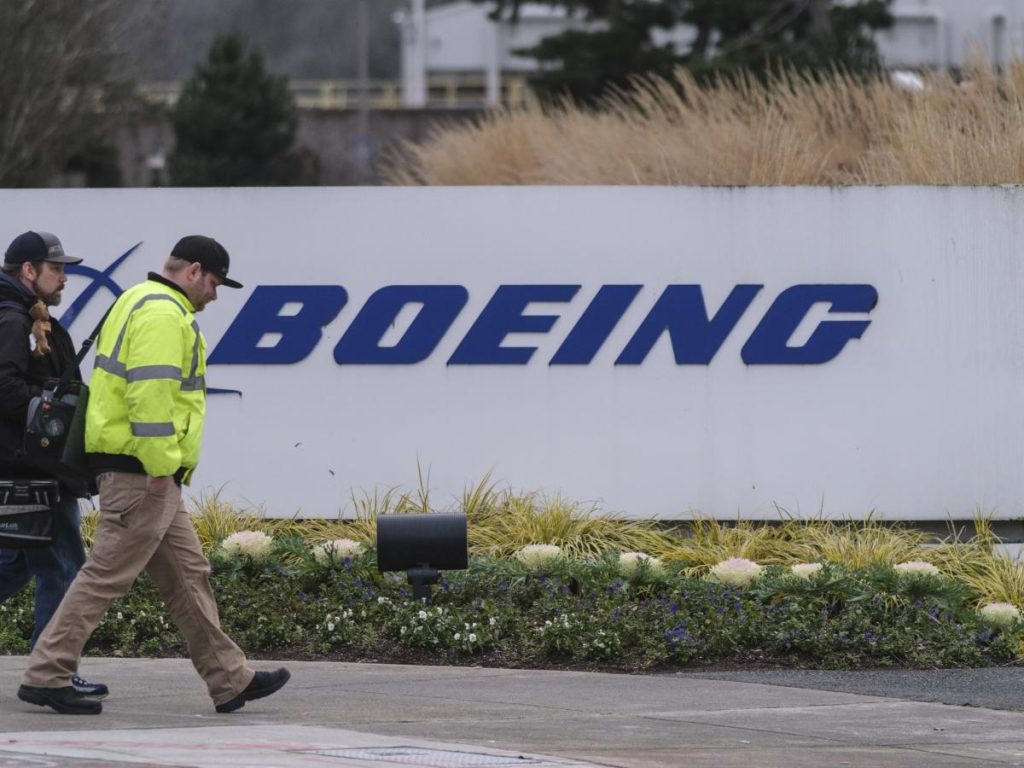The year 2025 marks a significant period of workforce restructuring across multiple industries, including tech, retail, finance, and energy. This trend, which began in 2023, is driven by the dual forces of cost-cutting measures and the rapid advancement of technology, particularly artificial intelligence (AI). According to a World Economic Forum survey, 41% of global companies plan to reduce their workforces over the next five years, primarily due to the rise of AI. This shift is reshaping the job market, with certain roles being phased out while others, especially in tech, are in high demand. For instance, while companies like CNN, Dropbox, and IBM have made layoffs linked to AI, the demand for tech roles in big data, fintech, and AI is expected to double by 2030, highlighting a dynamic and evolving employment landscape.
In the tech sector, major players are navigating this transformation by balancing layoffs with strategic hiring. Meta, for example, is focusing on performance-based cuts, targeting underperformers while continuing to invest in high-performing talent. Salesforce, despite strong financial performance, is cutting over 1,000 jobs but simultaneously hiring sales specialists for its new AI products. Microsoft is also reshaping its workforce, concentrating on underperforming employees, whereas Workday is reducing 8.5% of its staff to refocus on AI initiatives. These moves reflect the industry’s pivot towards innovation and efficiency, illustrating how AI is both a disruptor and a driver of growth.
The retail and consumer goods industry is undergoing significant changes, with companies like Kohl’s, Starbucks, and Estée Lauder implementing workforce reductions. Kohl’s is trimming 10% of its corporate roles to improve profitability amidst declining sales and a change in leadership. Starbucks is restructuring its support teams, while Estée Lauder is cutting between 5,800 and 7,000 jobs over two years to streamline operations. These adjustments underscore the sector’s response to economic pressures and the need for operational efficiency, with a focus on long-term sustainability and adaptability.
In the financial sector, companies are taking a balanced approach to workforce management. BlackRock, while cutting 1% of its workforce, has been actively hiring to align its resources with strategic goals. Ally is reducing about 500 positions as part of its right-sizing efforts, offering support to affected employees. Bridgewater, the world’s largest hedge fund, has cut 90 roles to maintain a lean structure. These moves highlight the industry’s focus on strategic realignment and cost management, ensuring agility in a competitive market.
The manufacturing and energy sectors are also undergoing notable transformations. Boeing is reducing 400 roles in its moon rocket program due to project delays and increased costs, reflecting the challenges of large-scale technological endeavors. BP is cutting 7,700 positions to streamline operations and enhance competitiveness, signaling a broader shift towards efficient resource allocation in the energy sector. These changes emphasize the impact of strategic realignment on workforce planning and project execution.
In conclusion, the layoffs of 2025 reveal a complex interplay of technological disruption and strategic restructuring across industries. While job cuts are a reality, the simultaneous growth in AI-related roles highlights the transformative potential of this era. Companies are actively reshaping their workforces to align with future demands, focusing on innovation, efficiency, and sustainable growth. As the job market evolves, the challenge lies in managing transitions with empathy, ensuring support for affected employees while embracing the opportunities presented by technological advancement. This dual approach is crucial for navigating the uncertainties of the modern economy, where adaptability and strategic foresight are paramount.
